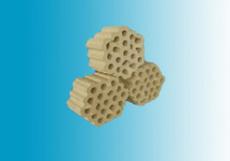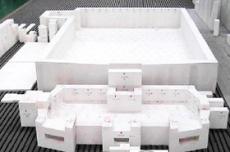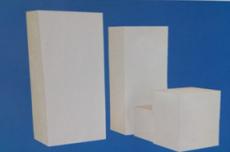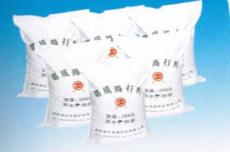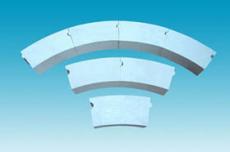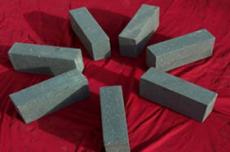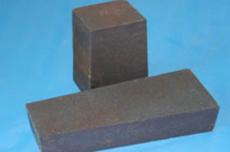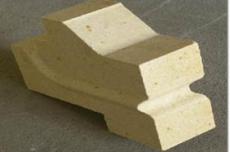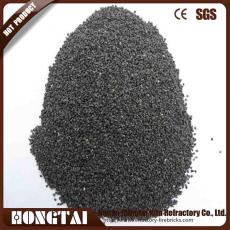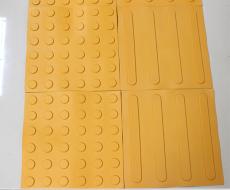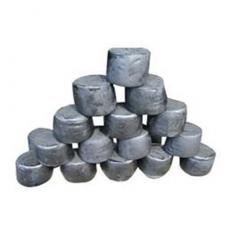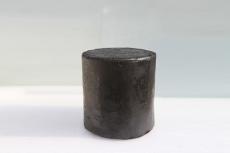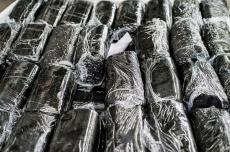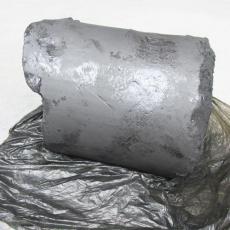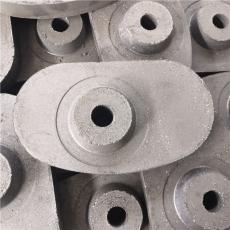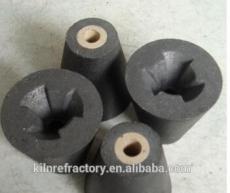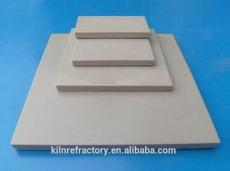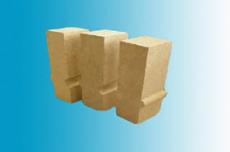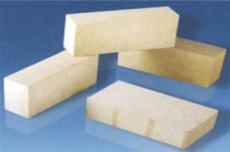
The basic technical measures of high-strength fireclay refractory castables are to improve the grades of refractory aggregates and powders, add ultra-fine powders and composite binders, so as to reduce the water consumption during mixing, enhance the compactness of the structure, and reduce the porosity. Improve strength and high temperature performance.
In refractory aggregates, materials such as white corundum, brown corundum, mullite and sillimanite can be used in whole or in part. At the same time, the grade of high-bauxite clinker should be improved, which can improve the high temperature performance of clay refractory castables. Generally speaking, if all materials such as corundum, mullite and sillimanite are used, the cost is higher, so in order to save costs, only adding 20% ~to 30% will have a significant effect.
Refractory powder is an important part of the matrix. Increasing the grade of refractory powder can significantly improve the strength and high temperature performance of the fireclay refractory castable. Under the condition that the composition of the fireclay refractory castable remains unchanged, the effect can be achieved by replacing part of the high-bauxite clinker powder with 5%-20% high-grade powder (fineness not greater than 30pm).
In fact, the effect of using brown corundum powder is the best. The high-temperature compressive strength is significantly improved, and the softening temperature under load is also increased. After 1400 ℃, the linear change is in an expanded state, with a value of +0.74%; the performance of high-purity alumina powder is also better. , Especially when the temperature is 1400℃, the compressive strength reaches 7.8MPa, but the disadvantage is that the linear change after burning is too large. The medium temperature strength of sintered alumina powder is low, and the linear expansion of light-burned alumina powder after firing is too large. Therefore, the dosage should be controlled at about 6% during use.
